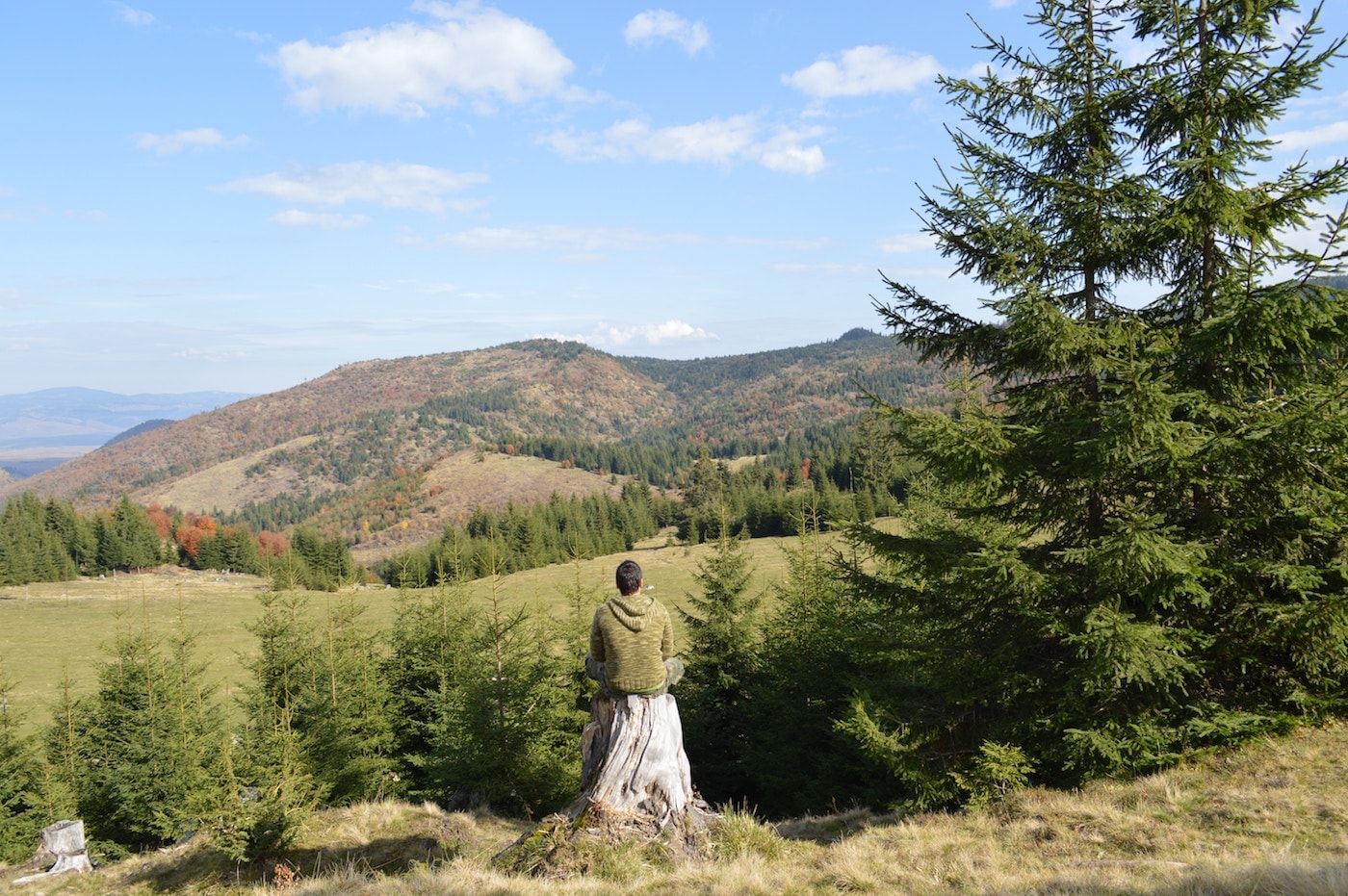Internet access is often a challenge associated with developing countries. But while many of us in North America have the privilege of access at our fingertips, it’s still a huge barrier to success for many rural and remote Indigenous communities in Canada and the United States.
According to the 2016 Broadband Progress Report, 10% of Americans lack access to broadband. The contrast is even more striking when you look at Internet access in rural areas, with 39% lacking access to broadband of 25/4Mbps, compared to 4% in urban areas.
Many Canadian rural and remote communities face similar access issues. In December 2016, the Canadian Radio-television and Telecommunications Commission (CRTC) set targets for Internet service providers (ISPs) to offer customers in all parts of the country broadband at 50/10Mbps with the option of unlimited data. CRTC estimates two million households, or roughly 18% of Canadians, don’t have access to those speeds or data.
Let those figures sink in for a minute. Today in 2017, millions of people in North America still don’t have access to broadband Internet.
It’s an even harder to pill to swallow when you realize how disproportionately and gravely it affects indigenous communities, many of which are in rural and remote locations across North America. Internet access in these communities is increasingly a lifeline to health, education, and economic development. For many, it is a vital link to the world and means the difference between being remote and isolated.
When we think of the future of the Internet, surely we can’t move forward in a meaningful way if millions are left behind.
The challenge? It’s a huge infrastructure investment.
North Americans already pay among the most in the world for broadband access, and it’s nowhere near the fastest. According to FCC, half of American homes have only two options for Internet service providers for basic broadband. For faster speeds, a majority of households have only one choice. Several cities have chosen to create their own municipal broadband services to compete with larger providers.
Rural markets, however, face a bigger challenge with massive entry costs for ISPs due to low population densities. Companies often have to lay their own fibre or cable to provide Internet access.
In the Canadian North, delivering high-speed services to remote indigenous communities that span a vast geographical expanse is extremely expensive and difficult. Residents pay high costs for slow speeds that often make just opening an email attachment painfully difficult. I’m reminded of a Facebook post from a friend who lives in Nunavut: “When your internet is so slow you search for a phone number but have time to find a phone book and get the number before Google produces a result.”
As we grow increasingly dependant on the Internet for services that are vital to a sustainable community, it’s more important than ever to make sure everyone can get up to speed. The Internet Society is committed to an Internet for everyone, everywhere. We envision a world where everyone can access and help develop a connected, borderless, limitless Internet that creates opportunity and progress for all. That’s why we’re taking on one of our most important efforts yet to make sure to Internet is inclusive to everyone in North America.
The Indigenous Connectivity Summit (ICS) on November 8 to 9, 2017 in Santa Fe, New Mexico will be a unique event focused on connecting Indigenous communities to the Internet. In a two-day series of panels and presentations, we’ll help find solutions to ensure Alaska Native, American Indian, Inuit, First Nation, and Métis communities have affordable, high-quality, and sustainable Internet access. Pre-summit education days will provide an opportunity for indigenous community members to share and learn about deploying sustainable community networks and navigating the complex policy environments in Canada and the U.S.
We’re not starting from scratch. There are many incredible success stories of indigenous community networks in North America and around the world. The ICS will showcase these innovators to inspire strategies and solutions to help get all communities up to speed.
Just as it took many efforts to shape the Internet into what it is today, it will take a community effort to make sure it works for everyone. We know there are many people with ideas about how to connect Indigenous communities, and many more who can help can bring these solutions to fruition.
That’s what we hope to achieve at the Indigenous Connectivity Summit. We’re gathering over 200 community network managers/operators, indigenous-owned Internet service providers, community members, researchers, policy makers, and indigenous leadership to discuss what Internet access means to communities and how to make it work for everyone.
Thanks to the open access, permission-free environment afforded to us by the Internet, we’ve already proved we can accomplish great things when we work together. It’s time to step up our efforts. Otherwise, many Indigenous communities will get stuck in a continuous game of catch up as technology continues to evolve beyond their infrastructure means.
If you have ideas on how to make the Internet more accessible to indigenous communities, we want to hear from you. Registration will open soon for the Indigenous Connectivity Summit. I hope you can join us!
The Indigenous Connectivity Summit is an initiative of the Internet Society, the Internet Society New Mexico Chapter, the 1st-Mile Institute, New Mexico Techworks, and the First Mile Connectivity Consortium.

